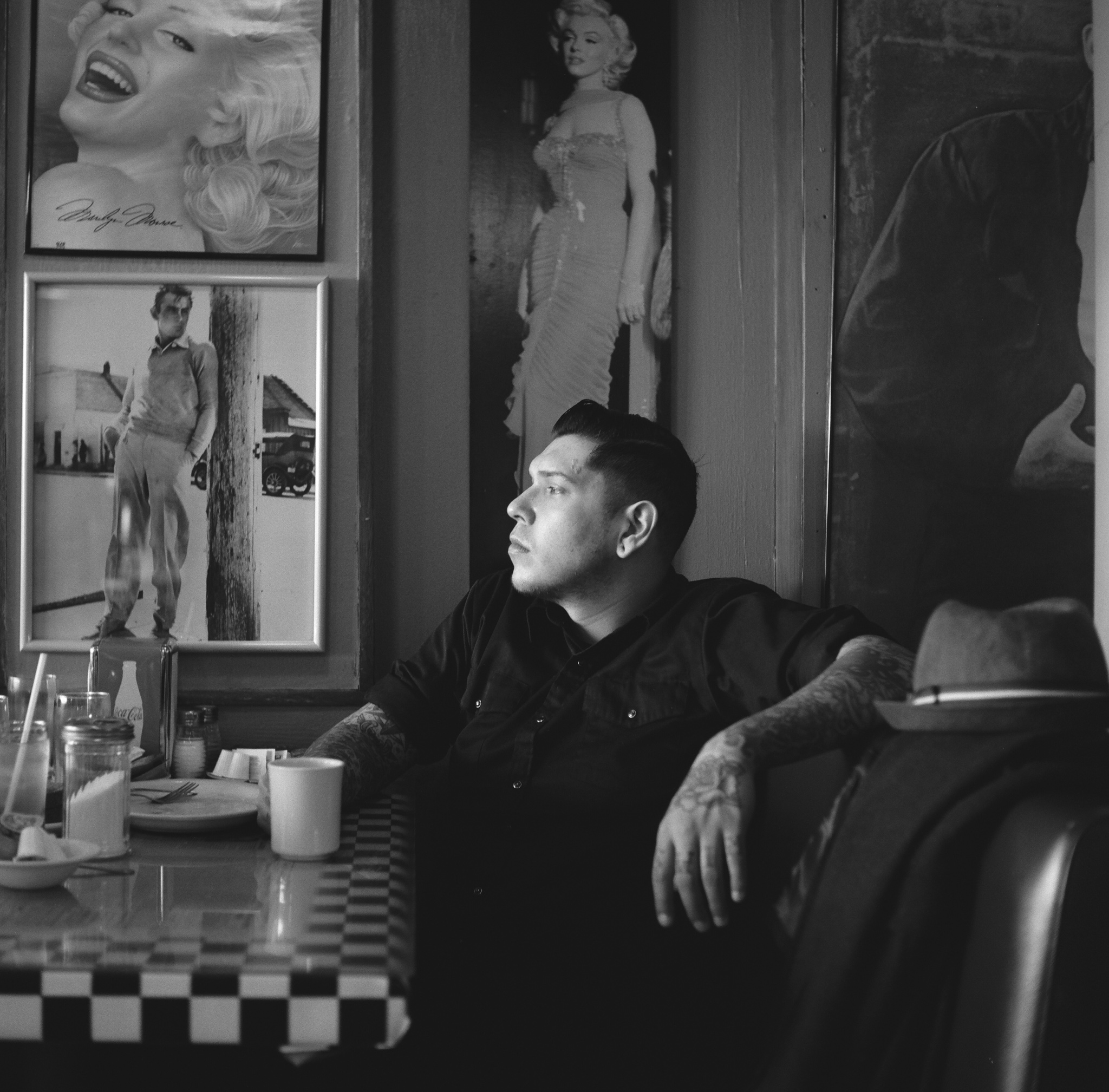The View From Sioux Lookout: Blue Earth Photography
/Photographs by Blue Earth Photography
Blue Earth Photography is Brent Wesley and Adrienne Fox, who reside in Sioux Lookout, Ontario. Located between Thunder Bay and Winnipeg, Sioux Lookout is considered the “Hub of the North,” a town of 5,500 people that's a central connection for 29 northern First Nations communities. Adrienne and Brent’s work ranges from wedding photography to commercial use and photojournalism. We’re honoured to have them share their work with us for the Ethnic Aisle Canada issue. Here, Adrienne and Brent tell us a bit about their work.
It was a natural progression to work together. We're good friends and we have a shared vision. We previously worked together as journalists for Wawatay News in Sioux Lookout and outside of Wawatay we continued to work together on various photography projects and jobs.
We also started working on I Am Indigenous a photo project highlighting Indigenous people from northwestern Ontario. And we would frequently hire each other to provide assistance on paid photo gigs. So we decided to launch Blue Earth Photography in 2014.
We also work with First Nations communities and organizations assisting with various communication needs such as design, layout and content writing. We’re beginning to use video as a means to tell stories. So we're much more than a photography company. However, photography is at the heart of what we do.
How has your work been recognized?
Individually, we’ve earned photography, writing and design awards from the Ontario Community Newspaper Association, the Canadian Community Newspaper Association and the Canadian Association of Journalists.
As a business, we’ve recently been nominated for a Nishnawbe Aski Development Fund Partnership of the Year. And we’ve been part of a provincial panel that included established and emerging artists from across Canada. The Gathering for Indigenous Arts is something we’re honoured to be part of because it aims to build connections between artists and potential investors. We believe artists have a pivotal role in helping change the world.
Do you have an overarching vision?
Definitely. Historically, the narrative in this country is based on little to no contribution from Indigenous cultures. We want to help change that pattern by telling our own stories. Each time we get hired by First Nation communities, organizations or individuals, we’re acutely aware of our collective experiences. We strive to realize their stories, not only to be visually pleasing, but also to be presented in the most honest way possible.
What drew you both to photography? Did you have any that showed you the possibility of making a living as photographers?
Brent: Honestly, photography is something I realized I could be good at, having shown a little bit of skill. Growing, up I wanted to be a writer. I was a dreamer. I would get lost in stories. I think I could have been a good writer but when it came down to it, when I started to get into photography, I realized my true interest lay in creating images. It was photography that I wanted to work hard at. For me, it’s a deeply personal ambition. So I could look back and know I gave it my all, even if I failed. Of course, I had my self-doubts. I’m very insecure. I question everything. I never thought I could be good enough. But my passion for it kept me going and I got better. I found inspiration and motivation from professional photographers like Zack Arias and Chase Jarvis. Their passion is contagious. Their ability to share and be honest about their success and failures keeps me inspired and grounded. More importantly, they’ve shared that we all doubt our abilities and skills. But you have to overcome those fears because the bills have to be paid. So just keep going and get over yourself.
Adrienne: I do have a diploma in photojournalism. I learned the fundamentals and met a lot of really talented people. But really what propelled me, were my children. I spent a great deal of time photographing them when I was busy being a mom. When a photo caught my eye, I’d order a print and hang it up. And I’m glad I did. My middle son, Brandon, died three years ago. I have hundreds of photos of him – laughing, crying, hungry, watchful, occupied, yelling. Every once in awhile, I pull them out and I remember the extreme happiness he brought me. My children brought me to photography and they continue to compel me to keep making images that mean something. Photography is now my filter. It helps me create stories. It helps me understand the world around me. Like a lot of artists and photographers I admire, I’m not a believer in talent alone propelling you forward and granting riches along the way. It’s really a lot of hard work and commitment. I’ve had doubts about my work. I’ve even cried from sheer exhaustion. Despite all that though, I look forward to getting up each morning to keep building what we’ve started.
Your photography shows a level of trust and comfort in your subjects. Your perspective feels like it comes from within a community, as opposed to being documentation from an outsider’s view. Has that been important to you?
It’s important because we want to represent our experiences from our point of view as First Nations people. Our shared collective history with subjects brings an inherent trust.
As former journalists working for First Nations media, we shared the view that it was important for First Nation people to tell their own stories. We wanted to do that close to home. We’re familiar with the region and the issues that affect the people here. That view hasn’t changed. It’s important our subjects are portrayed in a real light, true to who they are, beyond the stereotypes. Mainstream media has done a poor job of portraying the Indigenous experience of this country. So it’s important to us to do a much better job.























